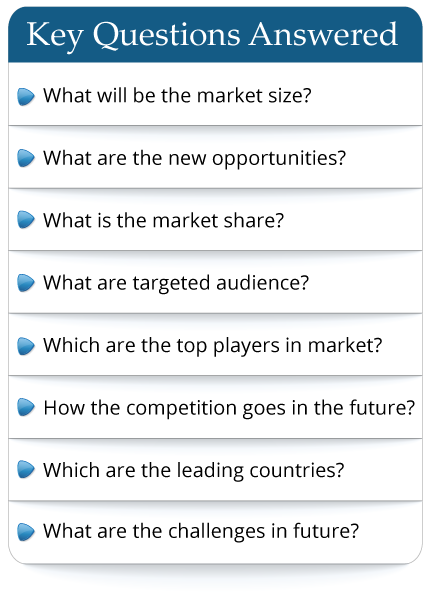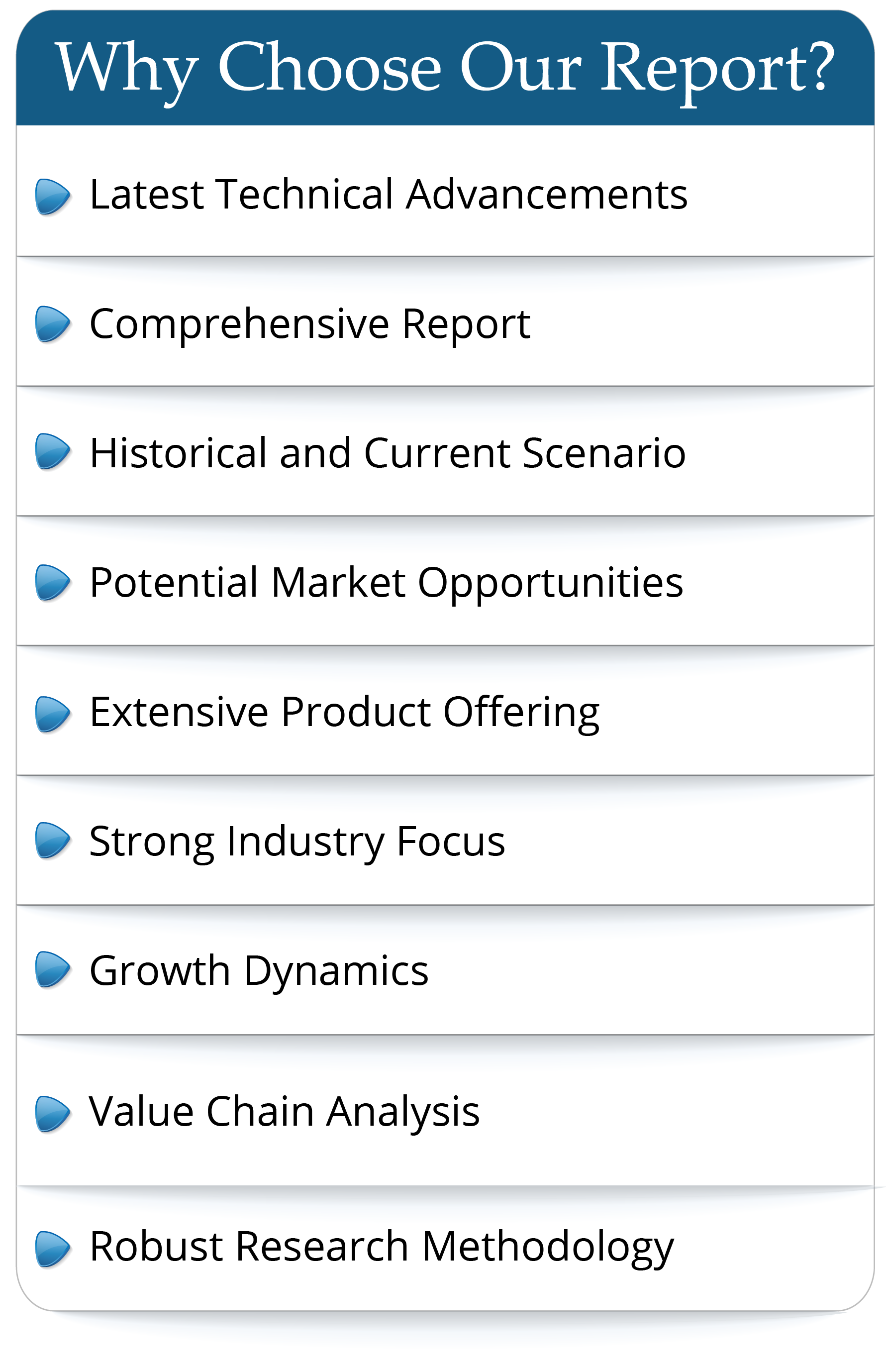Flame Retardant Textile is specialized fabric designed to resist burning when exposed to open flame, explosions and arc flashes without melting. These fabrics find major application in protective clothing industry.
The global market for Flame Retardant Textile was estimated to be worth US$ 3874 million in 2023 and is forecast to a readjusted size of US$ 4743.6 million by 2030 with a CAGR of 2.9% during the forecast period 2024-2030
The industry's leading producers are Milliken, Dupont and Tencate, with revenues of 5.80%, 7.04% and 10.90% respectively in 2019.
Report Scope
This report aims to provide a comprehensive presentation of the global market for Flame Retardant Textile, focusing on the total sales volume, sales revenue, price, key companies market share and ranking, together with an analysis of Flame Retardant Textile by region & country, by Type, and by Application.
The Flame Retardant Textile market size, estimations, and forecasts are provided in terms of sales volume (K Sq.m.) and sales revenue ($ millions), considering 2023 as the base year, with history and forecast data for the period from 2019 to 2030. With both quantitative and qualitative analysis, to help readers develop business/growth strategies, assess the market competitive situation, analyze their position in the current marketplace, and make informed business decisions regarding Flame Retardant Textile.
Market Segmentation
By Company
Milliken
Dupont
Tencate
Mount Vernon
Carrington
Westex
Shumer Textil GmbH
Trevira
SSM Industries
ITI
IBENA
TOYOBO
Klopman
Gore
Safety Components
Delcotex
Solvay
Marina
Waubridge Specialty Fabrics
Glen Raven
Kermel
Xinxiang Xinke
Xinxiang Zhuocheng
Shanghai SRO Protective
Taiwan KK Corp
Segment by Type:
Essential Flame Retardant Fiber
Modified Flame Retardant Fiber
Segment by Application
Emergency Response (fire/police/rescue)
Thermal Industrial
Others
By Region
North America
U.S.
Canada
Europe
Germany
France
U.K.
Italy
Russia
Asia-Pacific
China
Japan
South Korea
China Taiwan
Southeast Asia
India
Latin America
Mexico
Brazil
Argentina
Middle East & Africa
Turkey
Saudi Arabia
UAE
Chapter Outline
Chapter 1: Introduces the report scope of the report, global total market size (valve, volume and price). This chapter also provides the market dynamics, latest developments of the market, the driving factors and restrictive factors of the market, the challenges and risks faced by manufacturers in the industry, and the analysis of relevant policies in the industry.
Chapter 2: Detailed analysis of Flame Retardant Textile manufacturers competitive landscape, price, sales and revenue market share, latest development plan, merger, and acquisition information, etc.
Chapter 3: Provides the analysis of various market segments by Type, covering the market size and development potential of each market segment, to help readers find the blue ocean market in different market segments.
Chapter 4: Provides the analysis of various market segments by Application, covering the market size and development potential of each market segment, to help readers find the blue ocean market in different downstream markets.
Chapter 5: Sales, revenue of Flame Retardant Textile in regional level. It provides a quantitative analysis of the market size and development potential of each region and introduces the market development, future development prospects, market space, and market size of each country in the world.
Chapter 6: Sales, revenue of Flame Retardant Textile in country level. It provides sigmate data by Type, and by Application for each country/region.
Chapter 7: Provides profiles of key players, introducing the basic situation of the main companies in the market in detail, including product sales, revenue, price, gross margin, product introduction, recent development, etc.
Chapter 8: Analysis of industrial chain, including the upstream and downstream of the industry.
Chapter 9: Conclusion.
The global market for Flame Retardant Textile was estimated to be worth US$ 3874 million in 2023 and is forecast to a readjusted size of US$ 4743.6 million by 2030 with a CAGR of 2.9% during the forecast period 2024-2030
The industry's leading producers are Milliken, Dupont and Tencate, with revenues of 5.80%, 7.04% and 10.90% respectively in 2019.
Report Scope
This report aims to provide a comprehensive presentation of the global market for Flame Retardant Textile, focusing on the total sales volume, sales revenue, price, key companies market share and ranking, together with an analysis of Flame Retardant Textile by region & country, by Type, and by Application.
The Flame Retardant Textile market size, estimations, and forecasts are provided in terms of sales volume (K Sq.m.) and sales revenue ($ millions), considering 2023 as the base year, with history and forecast data for the period from 2019 to 2030. With both quantitative and qualitative analysis, to help readers develop business/growth strategies, assess the market competitive situation, analyze their position in the current marketplace, and make informed business decisions regarding Flame Retardant Textile.
Market Segmentation
By Company
Milliken
Dupont
Tencate
Mount Vernon
Carrington
Westex
Shumer Textil GmbH
Trevira
SSM Industries
ITI
IBENA
TOYOBO
Klopman
Gore
Safety Components
Delcotex
Solvay
Marina
Waubridge Specialty Fabrics
Glen Raven
Kermel
Xinxiang Xinke
Xinxiang Zhuocheng
Shanghai SRO Protective
Taiwan KK Corp
Segment by Type:
Essential Flame Retardant Fiber
Modified Flame Retardant Fiber
Segment by Application
Emergency Response (fire/police/rescue)
Thermal Industrial
Others
By Region
North America
U.S.
Canada
Europe
Germany
France
U.K.
Italy
Russia
Asia-Pacific
China
Japan
South Korea
China Taiwan
Southeast Asia
India
Latin America
Mexico
Brazil
Argentina
Middle East & Africa
Turkey
Saudi Arabia
UAE
Chapter Outline
Chapter 1: Introduces the report scope of the report, global total market size (valve, volume and price). This chapter also provides the market dynamics, latest developments of the market, the driving factors and restrictive factors of the market, the challenges and risks faced by manufacturers in the industry, and the analysis of relevant policies in the industry.
Chapter 2: Detailed analysis of Flame Retardant Textile manufacturers competitive landscape, price, sales and revenue market share, latest development plan, merger, and acquisition information, etc.
Chapter 3: Provides the analysis of various market segments by Type, covering the market size and development potential of each market segment, to help readers find the blue ocean market in different market segments.
Chapter 4: Provides the analysis of various market segments by Application, covering the market size and development potential of each market segment, to help readers find the blue ocean market in different downstream markets.
Chapter 5: Sales, revenue of Flame Retardant Textile in regional level. It provides a quantitative analysis of the market size and development potential of each region and introduces the market development, future development prospects, market space, and market size of each country in the world.
Chapter 6: Sales, revenue of Flame Retardant Textile in country level. It provides sigmate data by Type, and by Application for each country/region.
Chapter 7: Provides profiles of key players, introducing the basic situation of the main companies in the market in detail, including product sales, revenue, price, gross margin, product introduction, recent development, etc.
Chapter 8: Analysis of industrial chain, including the upstream and downstream of the industry.
Chapter 9: Conclusion.
Frequently Asked Questions
This market study covers the global and regional market with an
in-depth analysis of the
overall growth prospects...
- By product type
- By End User/Applications
- By Technology
- By Region
The report provides a detailed evaluation of the market by
highlighting information on
different aspects including drivers, restraints...

 Pre-order Enquiry
Pre-order Enquiry Download Free Sample
Download Free Sample












